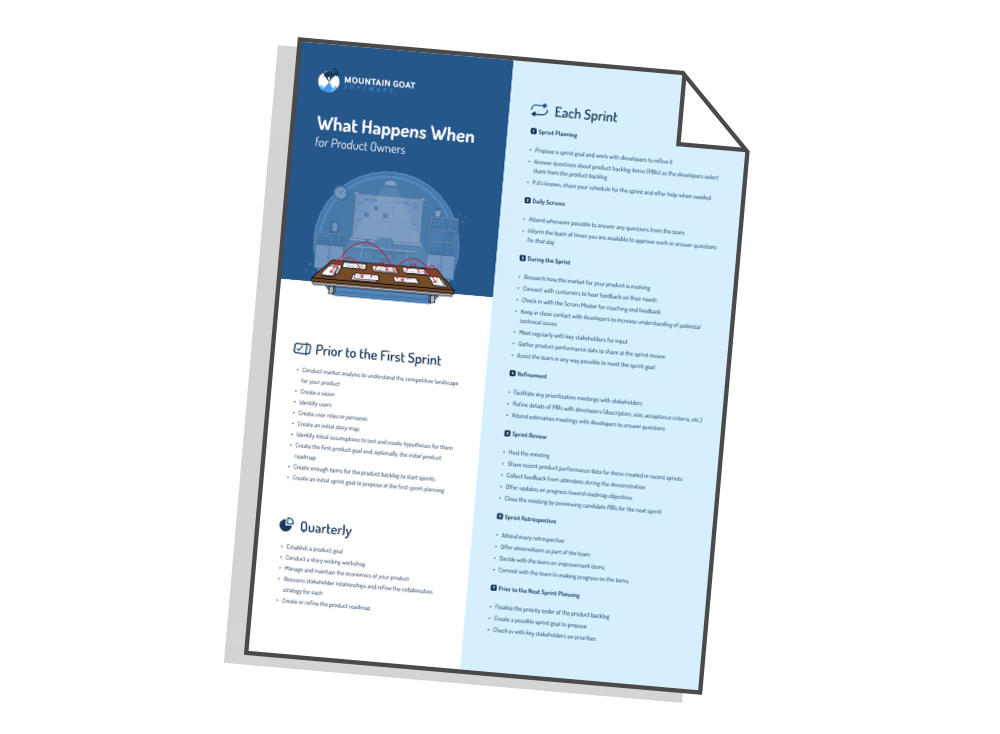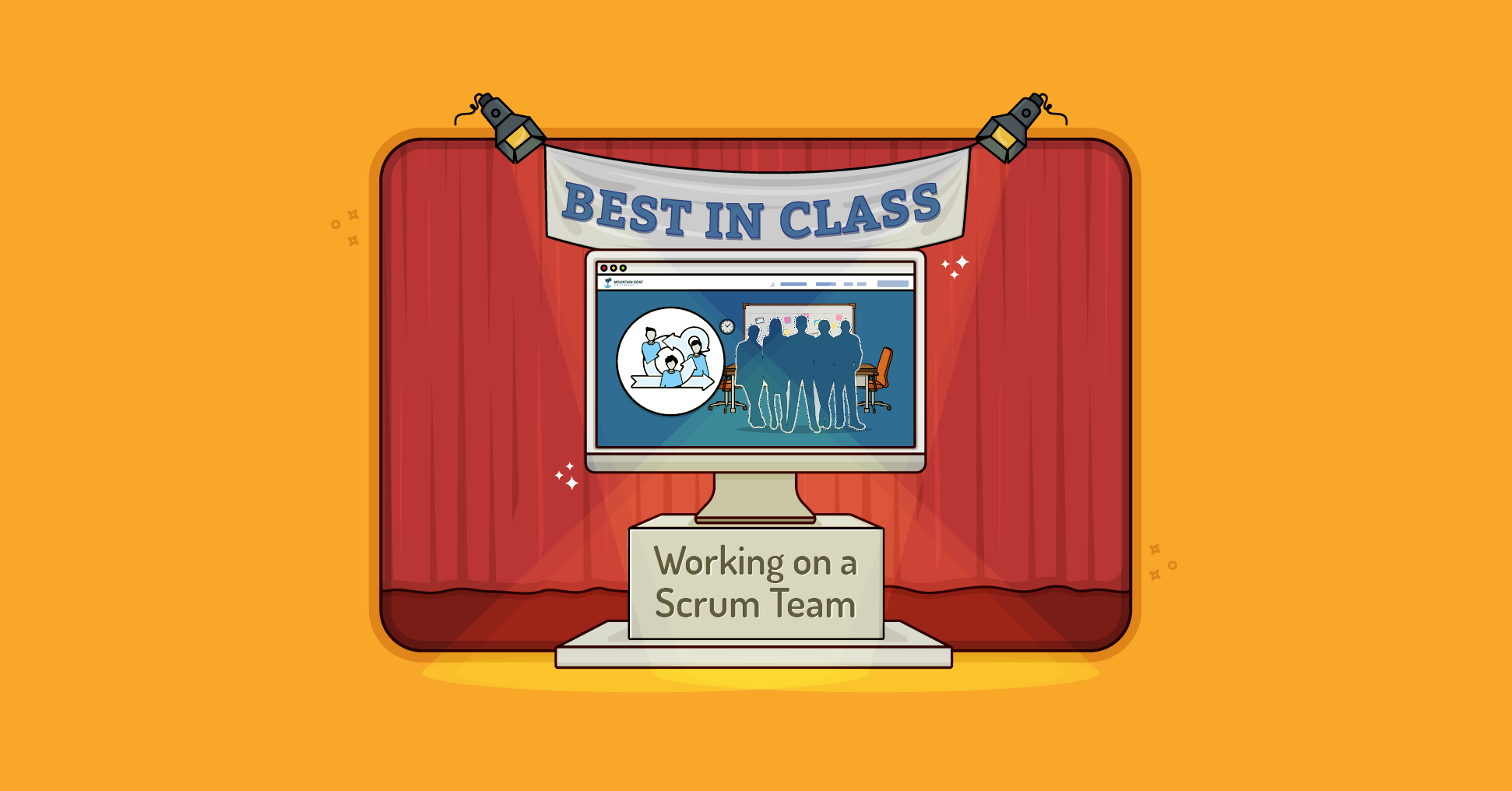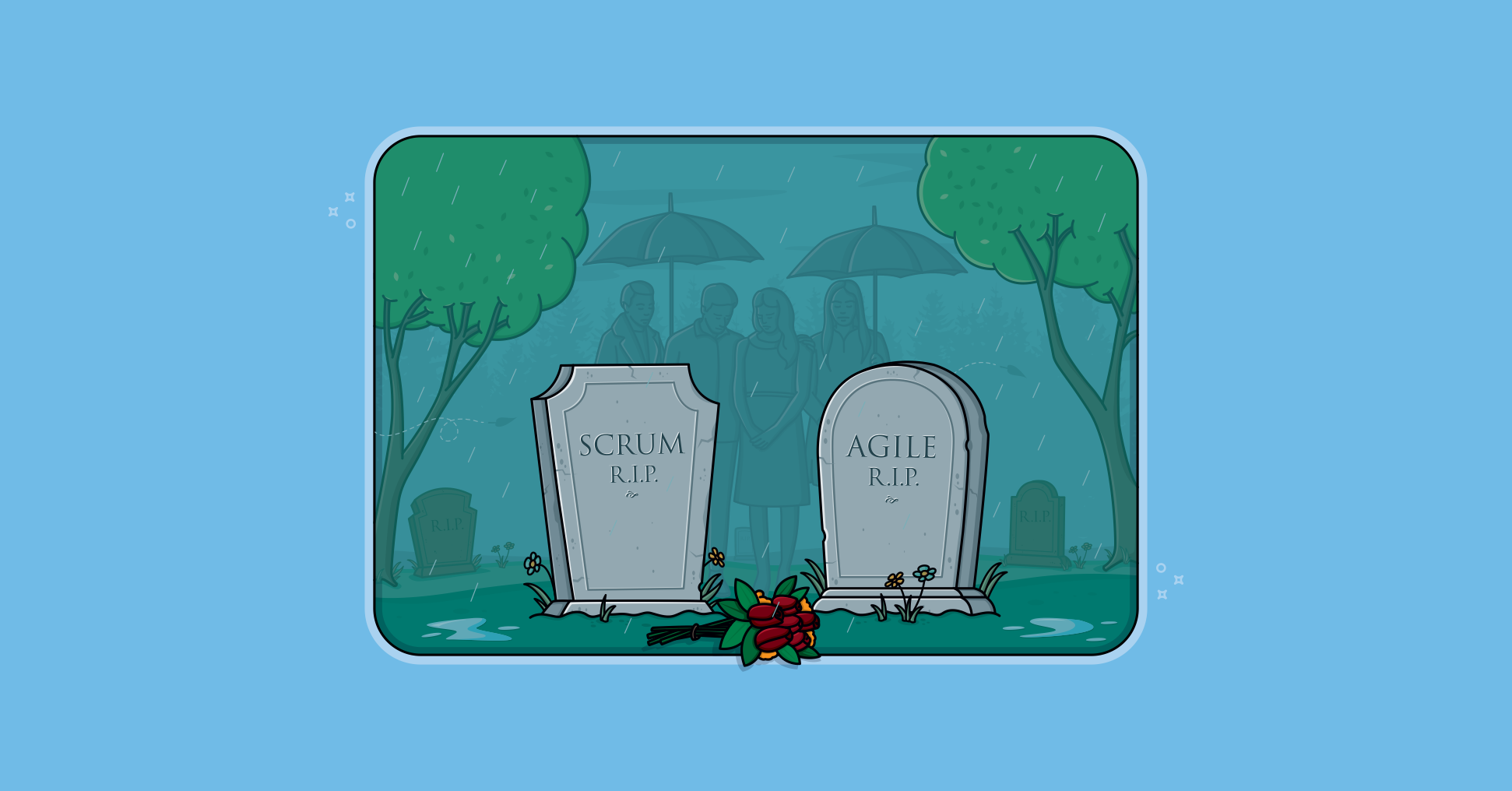As I’ve done each of the past few years, I’m starting the new year with a list of the most popular blog posts I shared during the prior year. Based on page views per day and the number of comments, here are the ten most popular posts of 2019:
10) Six Things Your Team Wants from You as Their Scrum Master
The tenth most popular post last year identified six things teams often tell me they want from their Scrum Masters. Among the six were praise, support, an open mind to the “rules” of Scrum, and more. Are your top six on my list?
9) Four Steps to Keep Your Product Backlog Small and Manageable
An overly large product backlog is the scourge of many agile teams. In this post I offer four suggestions on keeping down the size of your product backlog, starting with the obvious one of deleting things you’ll never do.
8) Managing Sprint Interruptions by Tracking Buffer Use
Buffering an overall project against uncertainty has long been accepted practice in the traditional world of software development. This post shows the same concept applied to the iterations of an agile process. It should be especially helpful for any team that has to deal with significant interruptions to their iterations.
7) Job Stories Offer a Viable Alternative to User Stories
This was one of my favorite posts of the past year. In it, I describe a technique that originated at Intercom that puts more emphasis on the job to be done by a story than on the user doing it. I still like user stories--but it’s nice to have an alternative that is better for some products. This post explains the difference between user and job stories and when each excels.
6) Five Reasons Why Batman Would Be a Great Scrum Master
Batman has always been my favorite superhero, in part, because deep down he’s just an ordinary guy. Well, an ordinary crime-fighting billionaire orphan. He’d also make a great Scrum Master for the reasons I share in this post. Be sure to read the comments for lots of other suggestions of why other superheroes would also make great Scrum Masters.
5) Why the Fibonacci Sequence Works Well for Estimating
I wrote this one because of how frequently I’m asked why the Fibonacci sequence is so frequently used for estimating, especially in Planning Poker. If you’ve wondered, this post will clear it up and covers why I’ve been using the Fibonacci sequence since 2007 rather than a simple doubling (1, 2, 4, 8, 16) as I used equally before that.
4) An Agile Team Shouldn’t Finish Everything Every Iteration
When I teach Certified Scrum Master courses, I always emphasize that great agile teams don’t always finish everything they say they’ll do in a sprint. That is, the best agile teams will sometimes not deliver a product backlog item or two that had been brought into the iteration. In this post I share why that can be a good thing--in fact, it’s something to be celebrated as it’s a bad sign if a team always finishes everything every sprint.
3) Overcoming Four Common Objections to the Daily Scrum
Moving into the top three posts of 2019, we see posts that got significantly more comments and views than the posts I’ve listed so far here. Complaints about the daily scrum are common. Most of us don’t like meetings and having a guaranteed meeting every day sounds miserable. In this post, I explained how to counter those objections when your team members raise them.
2) Six Agile Product Development Myths - Busted
In this post, I went headlong against six of the most pervasive and pernicious myths about agile. These include that managers don’t exist in agile, stakeholders can change whatever they want when they want, that everyone on an agile team needs to be a generalist, and that agile teams ignore software and system architecture. Did I bust the myths that are holding your team back? Check out the full post to see.
1) Is It Time to Do Away with Scrum’s Product Owner Role?
And our number one post, the most popular of 2019, raised the question of whether Scrum teams should get rid of the product owner role. Beyond having more than double the comments of any other post last year, this post also generated some hate mail and one threat of physical violence.
I wrote this post because I wanted to understand why agile proponents feel so differently about the roles of the software architect and the product owner. Each requires in-depth knowledge and years of experience. Yet, in the name of self-organizing teams, most agilists are very willing to dispense with a dedicated architect role, yet want a dedicated and designated product owner role.
Last update: July 11th, 2024









